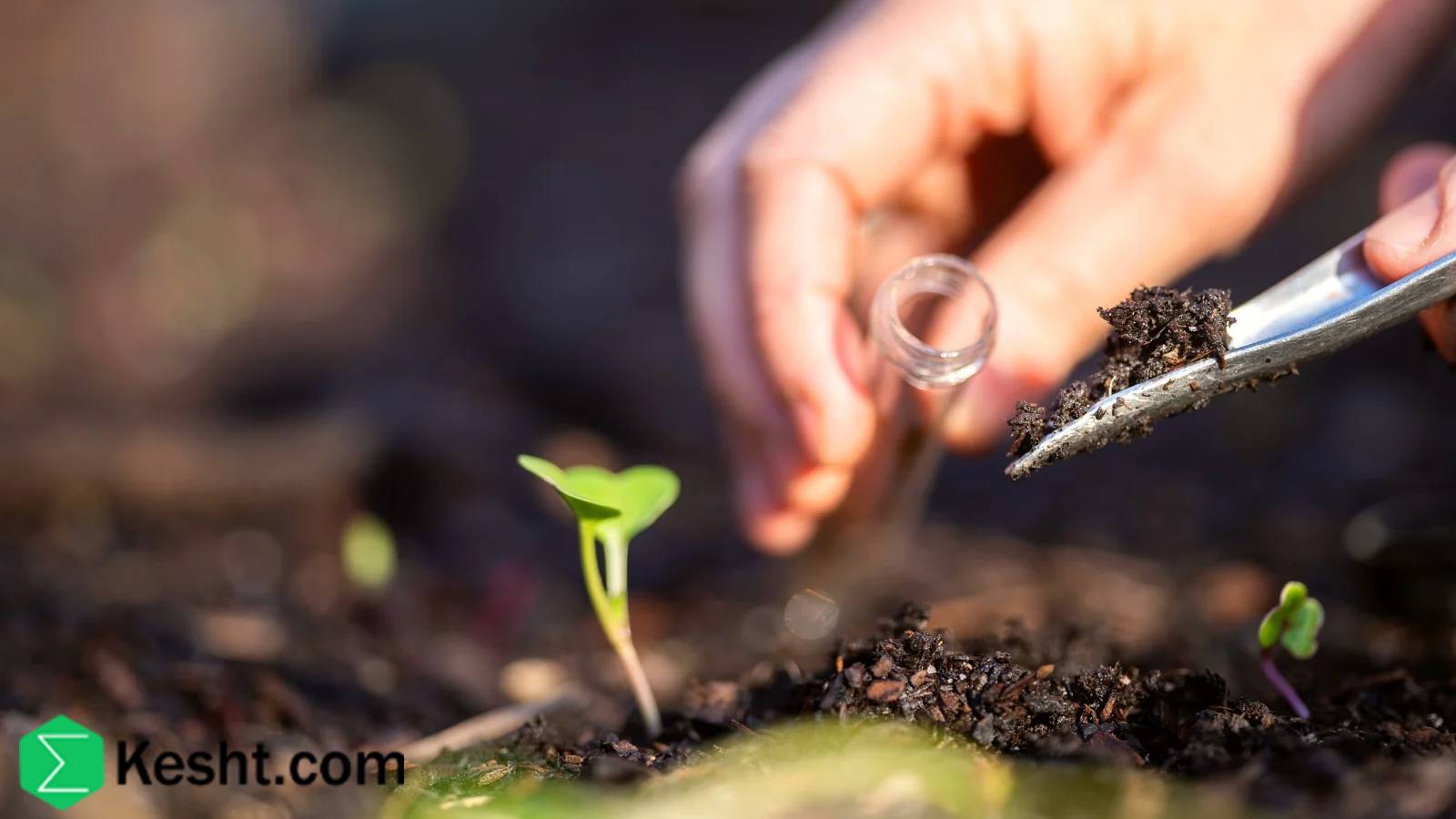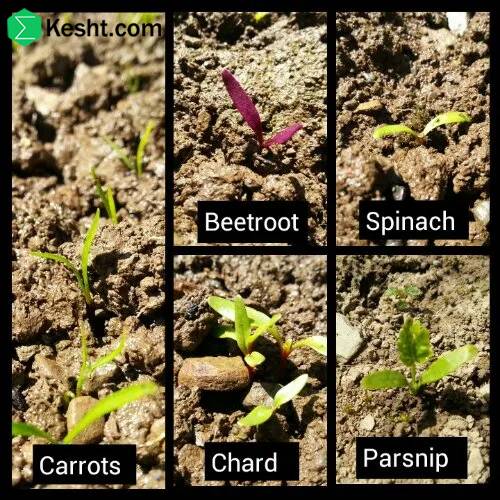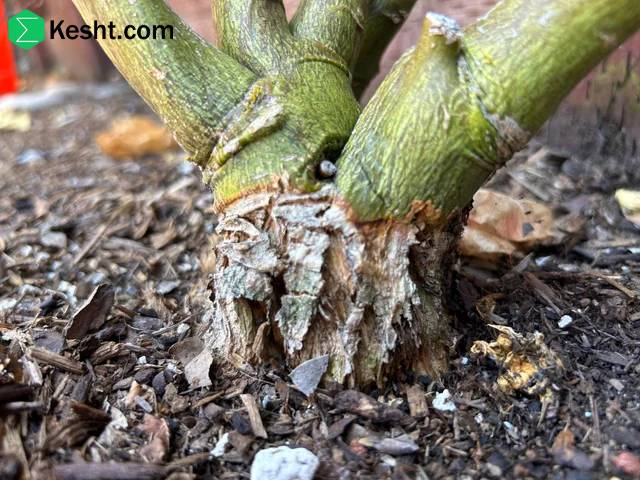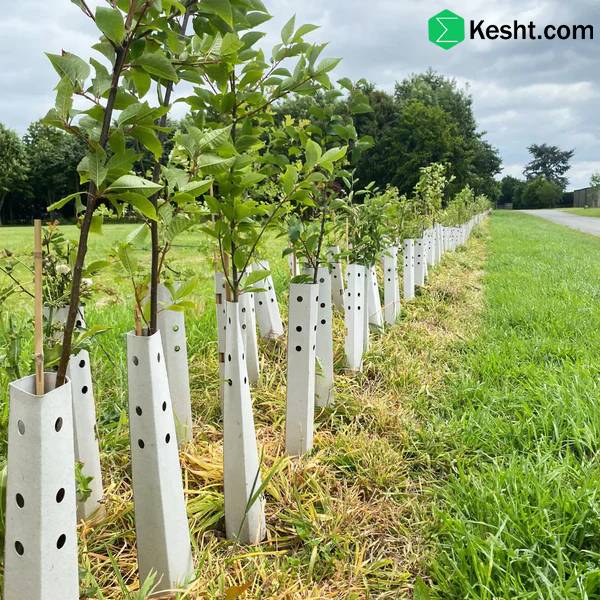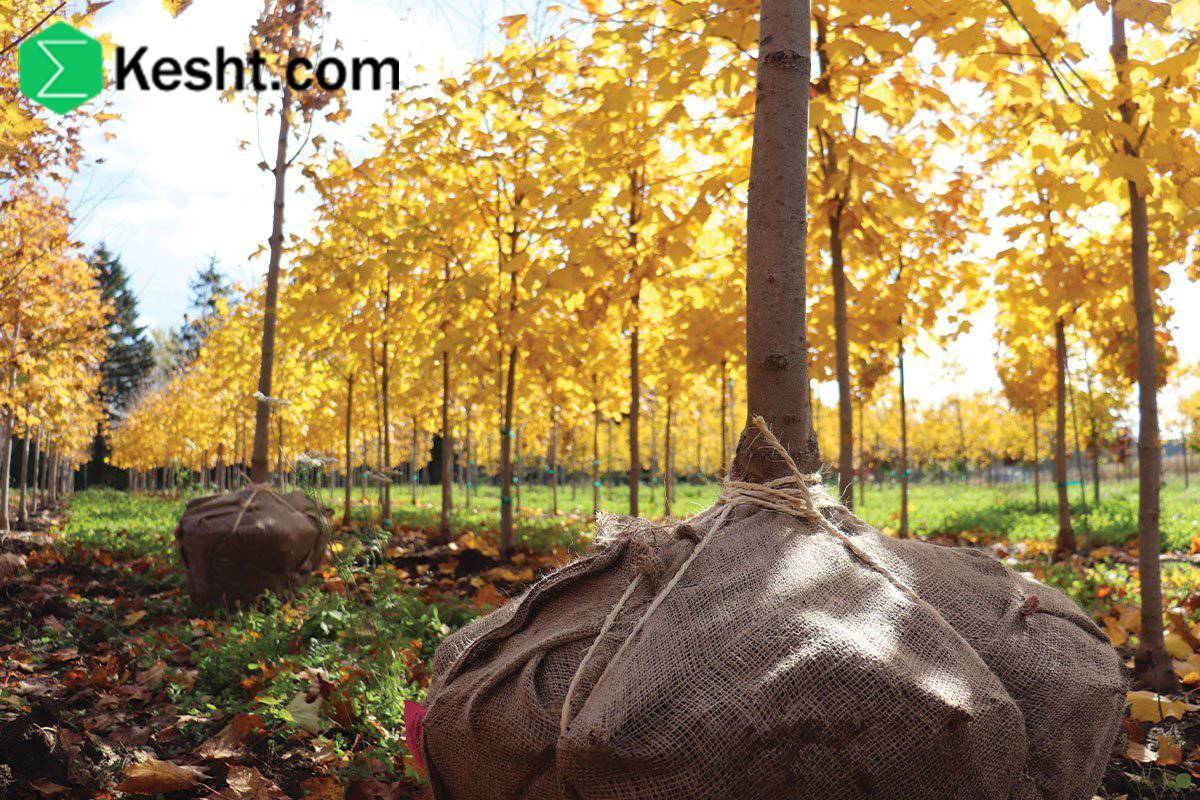If you don’t have access to expert evaluation or laboratory tools when buying a sapling, don’t worry. With a few simple but highly accurate tests, you can determine within seconds whether the sapling’s roots are healthy or suffering from rot or infection. These methods are completely practical and suitable for gardeners, sapling buyers, and even nursery owners.
If you want to buy guaranteed, healthy saplings, you can also get help from our team:
Request Free Consultation seedlings blue lable
1. Olfactory Test ,The Fastest and Most Accurate Way to Detect Root Infection
Smelling the sapling’s roots is one of the most reliable methods to assess root health. This test takes less than three seconds but, based on growers’ experience, reveals over 90% of root infections instantly.
How to Perform
-
Gently remove the sapling from its pot.
-
Brush away a small amount of soil around the roots.
-
Smell the roots and surrounding soil carefully.
Test Result
-
Natural smell of soil, forest, or a neutral earthy scent → Healthy roots
-
Sour, rotten, swampy, sewage-like, or fungal odor → Infected or rotting roots
If you detect an unpleasant smell, never buy the sapling, even if it looks healthy.
2. Tactile Pressure Test , Detecting Root Rot by Touch
This is one of the easiest and most reliable tests that anyone, even beginners, can perform. Simply touch a moderately thick root to see if it’s healthy.
How to Perform
-
Hold a medium or thick root between your thumb and forefinger.
-
Apply light pressure—similar to testing the firmness of a fresh carrot.
Test Result
-
Healthy Root: Firm, solid, slightly flexible; bends with light pressure but does not collapse.
-
Rotten/Infected Root: Soft, mushy, slimy, or collapses easily.
-
Dead/Dried Root: Dry, brittle, snap easily like wood.
If you prefer saplings with fully tested and verified root systems, check our certified products:
Buy Blue-Label Certified Saplings
3. Root Scratch Test — The Most Accurate Method for Evaluating Living Tissue
The scratch test is one of the most trusted techniques for assessing sapling health; similar to bark scratching but performed on the roots. It reveals whether the root tissue is alive or infected.
How to Perform
-
Using your fingernail or a small knife, gently scratch the surface of a thick root.
-
Examine the color beneath the outer layer.
Test Result
-
Healthy Root: White or cream-colored inner tissue, living and active.
-
Dead or Infected Root: Dark brown, black, or gray , dead tissue or severe infection.
-
Early Infection: White tissue over a dark base.
If the root appears dark, the sapling is not trustworthy, even if its canopy looks healthy.
4. Feeder Root Pull Test , Fastest Way to Check Thin, Absorbing Roots
Feeder roots (thin, usually white roots) are responsible for water and nutrient absorption. If these roots are missing or decayed, the sapling will not grow properly, even if it looks fine above ground.
How to Perform
-
Gently pinch a feeder root between your fingers.
-
Pull lightly , no need for strong force.
Test Result
-
Healthy Feeder Root: Slight resistance, stretches but does not crumble , connected to living tissue.
-
Rotten Feeder Root: Breaks instantly or turns to powder.
-
No Feeder Roots Present: Severely damaged absorption system, avoid buying.
5. Water Float Test , Optional Final Confirmation
This test is quick and useful for those who want 100% certainty before purchasing.
How to Perform
-
Drop a few small roots or broken root pieces into a clean bowl of water.
-
Wait 10–20 seconds.
Test Result
-
Sinks: Normal density, healthy tissue.
-
Floats: Indicates hollow/infected tissue, internal decay, or root rot.
For saplings that have already passed these tests, check our certified options:
Buy Blue-Label seedling
6. Soil Color & Moisture Test ,Evaluating the Root Environment
Even healthy roots can become infected if the soil around them is unhealthy.
How to Perform
-
Take a pinch of soil from around the roots or the bottom of the pot.
-
Check its color, texture, and smell.
Test Result
-
Healthy Soil: Dark brown, granular, well-aerated, no unpleasant smell.
-
Unhealthy Soil: Black, slimy, smelly, sticky — ideal for fungal/bacterial growth.
-
Constantly Wet Soil: If wet even after several days → poor drainage → high risk of future rot.
Red Flags Combo , If You See These Together, DO NOT Buy the Sapling
If two or more of the combinations below appear, the root system is in critical condition.
| Suspicious Combination | Likely Diagnosis |
|---|---|
| Bad smell + soft root | Advanced root rot |
| Black roots + no feeder roots | Root system failure |
| Black soil + constant moisture | Highly contaminated environment |
| Mushy root + sour smell | Severe bacterial infection |
Key Tips for Safe and Professional Sapling Purchase
Buying saplings is not just about selecting a beautiful canopy — root health is the most important factor. These essential points help you make the right choice even in crowded nurseries.
Essential Tips
-
Always remove the sapling from the pot,no test is valid without this step.
-
The first three tests (smell, touch, scratch) are enough for a quick but accurate evaluation.
-
Even if you have a 1% doubt, do not buy it; there is always a better alternative.
-
Ask the seller for root health certification ,reputable nurseries provide this.
Quick 30-Second Guide to Detecting Fungal Root Infection
A simple, practical checklist you can perform during purchase.
1. Detecting Fungal Infection by Smell (Olfactory Test)
How to Perform
-
Remove the sapling from the pot.
-
Expose a small part of the root.
-
Smell the roots and soil.
Result Table
| Smell | Root Status | Interpretation |
|---|---|---|
| Forest soil, fresh earth, rain | Healthy | Natural environment, no infection |
| Sour, moldy, yeasty | Fungal infection | Active fungi: Phytophthora, Fusarium, Rhizoctonia |
| Sewage-like, rotten garbage | Severe bacterial + fungal infection | Critical condition |
2. Tactile Test ,Pressure & Texture
How to Perform
-
Hold a thick root between your fingers.
-
Apply gentle pressure ,like squeezing a fresh carrot.
Result Table
| Texture | Status | Interpretation |
|---|---|---|
| Firm, solid, slightly flexible | Healthy | Living, active tissue |
| Soft, mushy, slimy | Fungal infection | Cellular breakdown — like rotten banana |
| Dry, brittle, powdery | Dead | Old decay or long-term infection |
| Cotton-like white layer | Surface fungus | Early warning — possible contamination |
Final Conclusion
With just 30 seconds and using smell + touch, you can accurately determine whether a sapling’s root system is healthy or infected — without any specialized tools. These methods are based on professional horticulture experience and plant pathology principles.
If you want expert guidance before choosing a sapling:
Free Consultation Blue-Label Saplings


